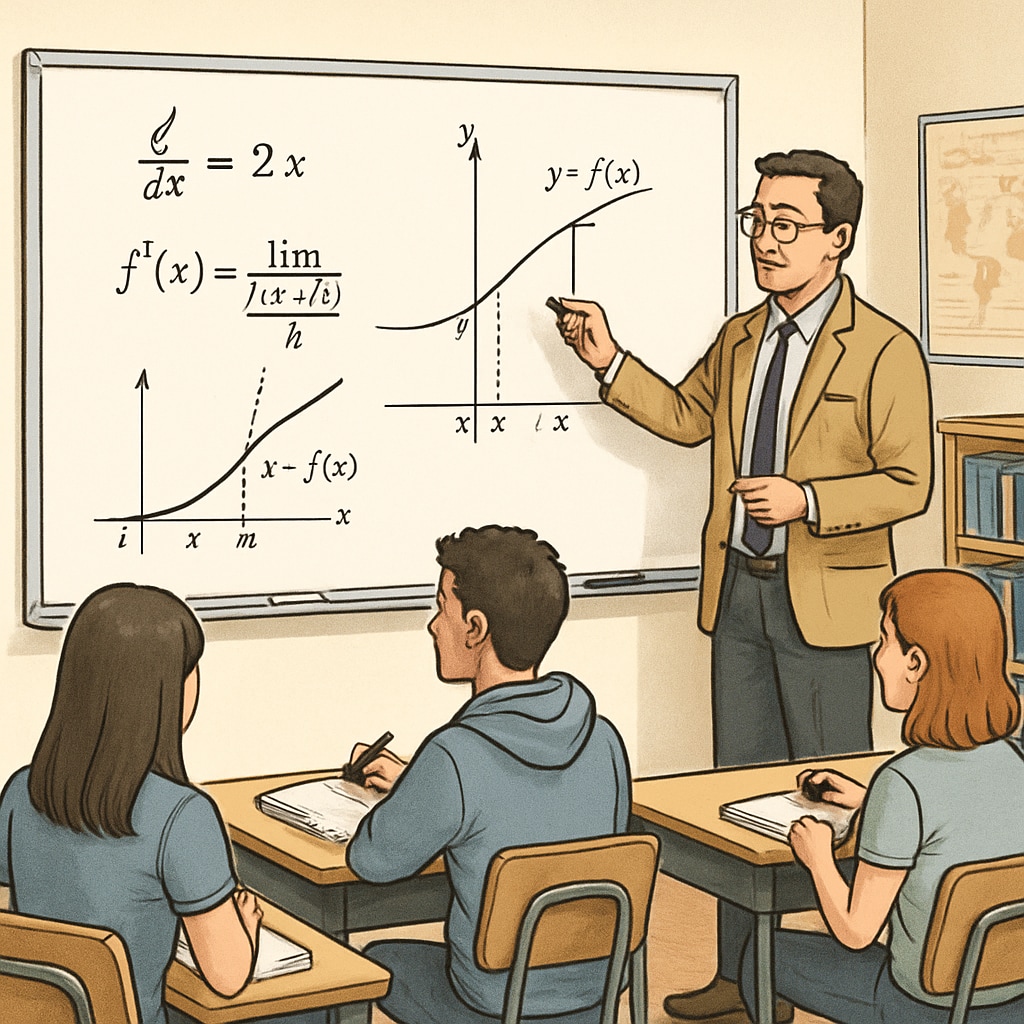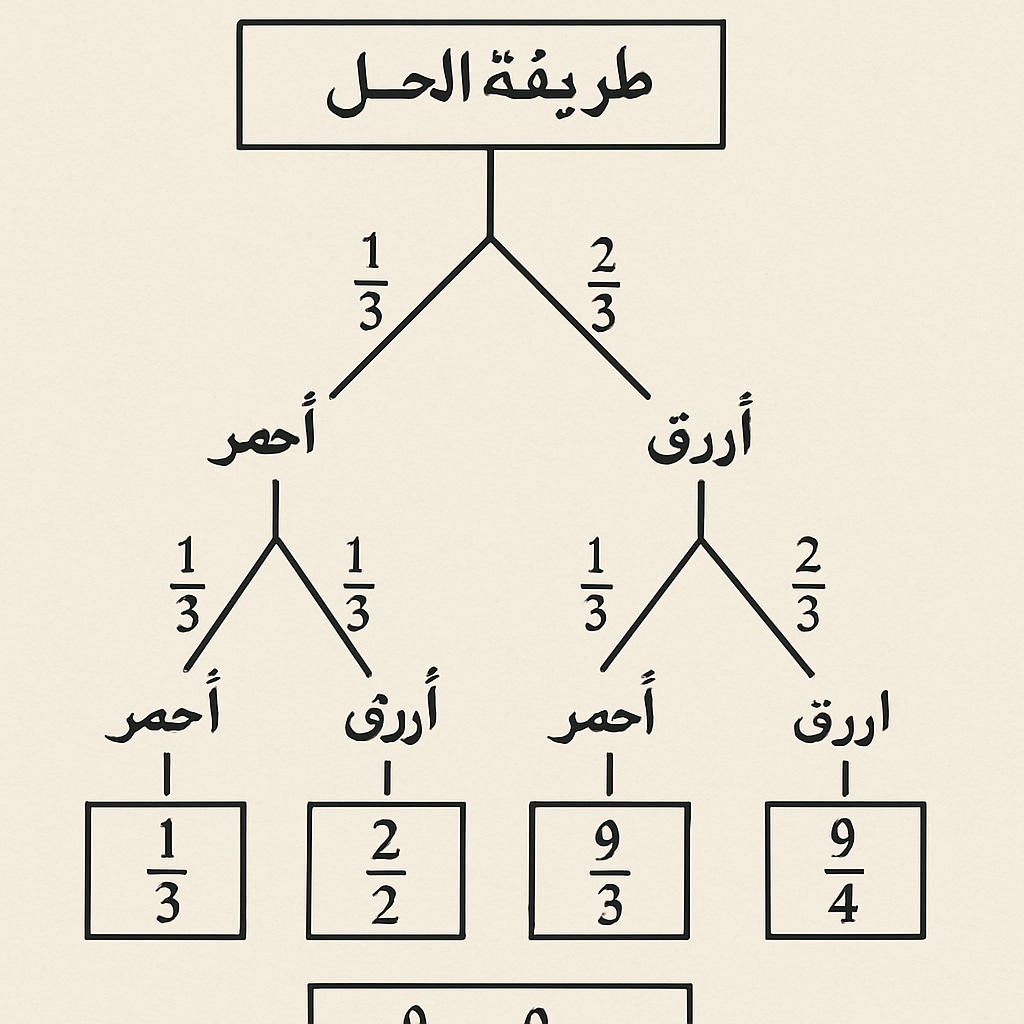High school math teaching often presents unique challenges, especially during the final year when students face complex concepts and intense pressure. Understanding the difficulties students encounter, alongside effective teaching strategies, is crucial for their success. This article examines common learning obstacles in math education based on Algeria’s official curriculum and provides practical approaches to simplify mathematical concepts in Arabic, ensuring effective student engagement and comprehension.
Understanding Key Challenges in High School Math
During the final year of high school, students are exposed to advanced mathematical concepts such as calculus, probability, and linear algebra. Many struggle with abstract reasoning, problem-solving, and the application of theoretical knowledge to real-world scenarios. Additionally, language barriers in non-native speakers learning math in Arabic can compound these difficulties.
- Abstract Concepts: Topics like limits, derivatives, and integrals often seem disconnected from practical applications, making them harder to grasp.
- Language Barriers: Technical math terminology in Arabic may confuse students unfamiliar with academic vocabulary.
- Exam Stress: The pressure to perform well in national exams can hinder cognitive focus and problem-solving ability.
Recognizing these challenges is the first step in addressing them effectively.

Optimizing Teaching Strategies for High School Math
To overcome learning difficulties, teachers must adapt their methods to meet students’ needs. Simplified, step-by-step explanations paired with contextual examples can make abstract concepts more relatable. Below are some optimized strategies for teaching high school math:
- Use Visual Aids: Incorporate graphs, charts, and diagrams to illustrate complex ideas, such as the behavior of functions in calculus.
- Simplify Language: Translate technical terms into everyday Arabic phrases students can relate to, reducing confusion.
- Interactive Learning: Encourage group problem-solving activities to foster collaboration and peer understanding.
- Real-Life Applications: Connect theoretical concepts to real-world scenarios, such as using probability in games or financial calculations.
For example, when teaching probability, you might use examples involving sports statistics or everyday decision-making processes to illustrate its practical relevance.

Supporting Students with Learning Difficulties
Students who struggle with math often benefit from personalized support. Teachers can employ targeted interventions, such as one-on-one tutoring or customized worksheets, to address individual weaknesses. Additionally, integrating technology can enhance learning outcomes:
- Educational Apps: Use math-focused apps with Arabic language support to provide interactive exercises and instant feedback.
- Video Tutorials: Supplement classroom teaching with online videos explaining complex concepts in Arabic.
- Gamification: Turn math exercises into engaging games to motivate students and reduce fear of failure.
As a result, students develop greater confidence in their abilities and are better equipped to tackle challenging exams.
Preparing for National Exams
In Algeria, national exams are a key milestone for high school students. To ensure success, teachers should focus on thorough exam preparation by:
- Mock Exams: Conduct regular practice tests to familiarize students with question formats and time management.
- Review Sessions: Dedicate time to revisiting commonly misunderstood topics.
- Stress Management: Teach relaxation techniques to help students maintain focus under pressure.
By combining these strategies, educators can empower students to approach exams with confidence and clarity.
Readability guidance: Keep paragraphs concise and use lists to summarize key points. Incorporate transition words to improve flow, such as however, therefore, and for example. Ensure that teaching methods are presented in an accessible way for educators and students alike.


